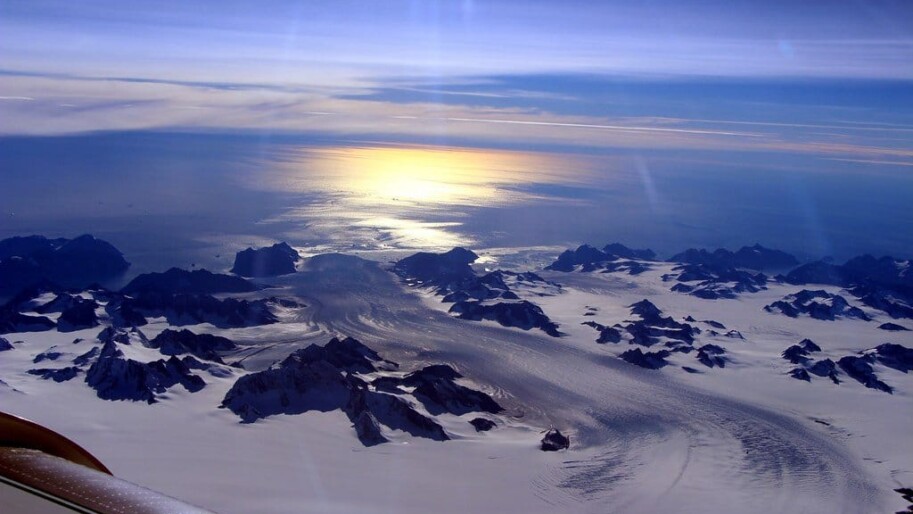by Matthew Rosza, Salon
Highlights
- A study published in the scientific journal Nature details how Greenland’s largest ice sheet is on track to start melting faster than it has in the past 12,000 years, resulting between 8,800 and 35,900 billion tonnes of ice loss over this century
- The loss of Greenland’s ice can result in sea level rise up to 7 millimeters per year, endangering many coastal cities worldwide
- In the United States, nearly 40% of the population lives in an area that can be impacted by rising seas. Globally, eight of the largest cities are near the coast.
- Another potential problem that can arise from melted icewater from Greenland is the change of the Atlantic Meridional Overturning Circulation, the conveyor belt type system that moves warm waters from the tropic regions to cooler regions above the equator in the Atlantic Ocean
- Any disruption of this process can result in unpredictable and catastrophic consequences for life on Earth, comparable to the global warming-themed disaster movie, “The Day After Tomorrow”
Scientists are increasingly warning that to avoid catastrophic impacts from climate change, the world’s governments must implement massive reductions of warming emissions and begin a drawdown of greenhouse gases (GHG) from the atmosphere over the decade ahead. For a safe and healthy future for all, endorse the Climate-Safe California Platform to implement scalable solutions that can reverse the climate crisis.

Nina Turner
Energy Programs and Communications CoordinatorJanina is a graduate of the Energy Management and Design program at Sonoma State University with experience in non-profits that specialize in sustainability and volunteerism.

